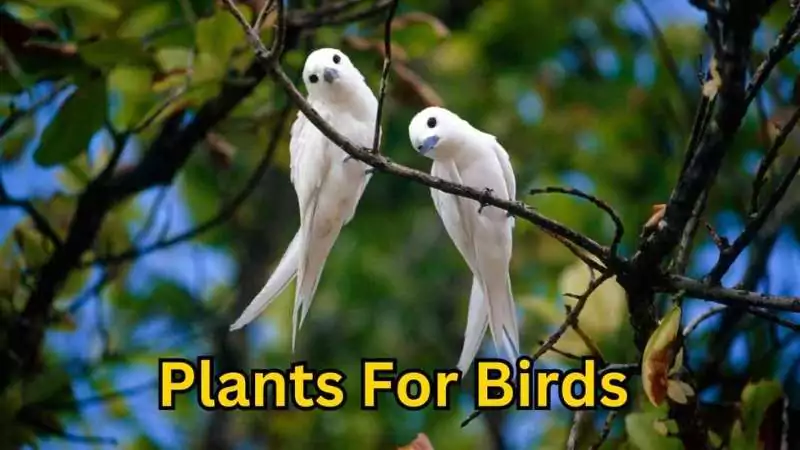Stepping into bird-friendly gardening isn’t a hobby; it’s a heartfelt invitation to the symphony of nature right in your backyard. Did you know a single native plant can host hundreds of caterpillars? That’s a feast for birds!
But here’s a twist: even with the best intentions, our gardens might only sometimes be the sanctuaries we aim for. Why? Well, the puzzle of picking the right plants can stump many of us.
For bird enthusiasts, the ideal garden includes bird-friendly plants like Echinacea, milkweed, sunflowers, and oaks. Each season, from spring’s early bloomers to winter’s evergreens, offers unique opportunities to support avian life with food, shelter, and water, making your garden a year-round bird haven.
What if I told you that transforming your garden into a bird paradise is simpler than you think? This blog walks you through the essentials of bird-friendly gardening, guiding you from spring’s hopeful beginnings to winter’s serene stillness. Ready to make your garden the talk of the “treetops”?
Understanding Birds’ Needs
With their simple lives, birds remind us to appreciate the basics: food, water, and a cozy spot to hang out. Picture your garden as the local cafe where birds swing by for their favorite snacks and a bit of chit-chat.
Depending on the season, the menu might feature a variety of seeds and insects (the bird version of a seasonal menu), a refreshing water feature for a splash or drink, and snug spots among the foliage for resting or hiding from those pesky neighborhood cats.
Creating a space that checks all these boxes doesn’t have to be a big project. It’s like setting up a welcome sign in your garden that says, “Feathered friends welcome here!” To dive deeper into how to makes a bird-friendly garden, peek at the Rogers Gardens resource. It’s packed with tips to help you turn your backyard into bird heaven, and no reservations are required.
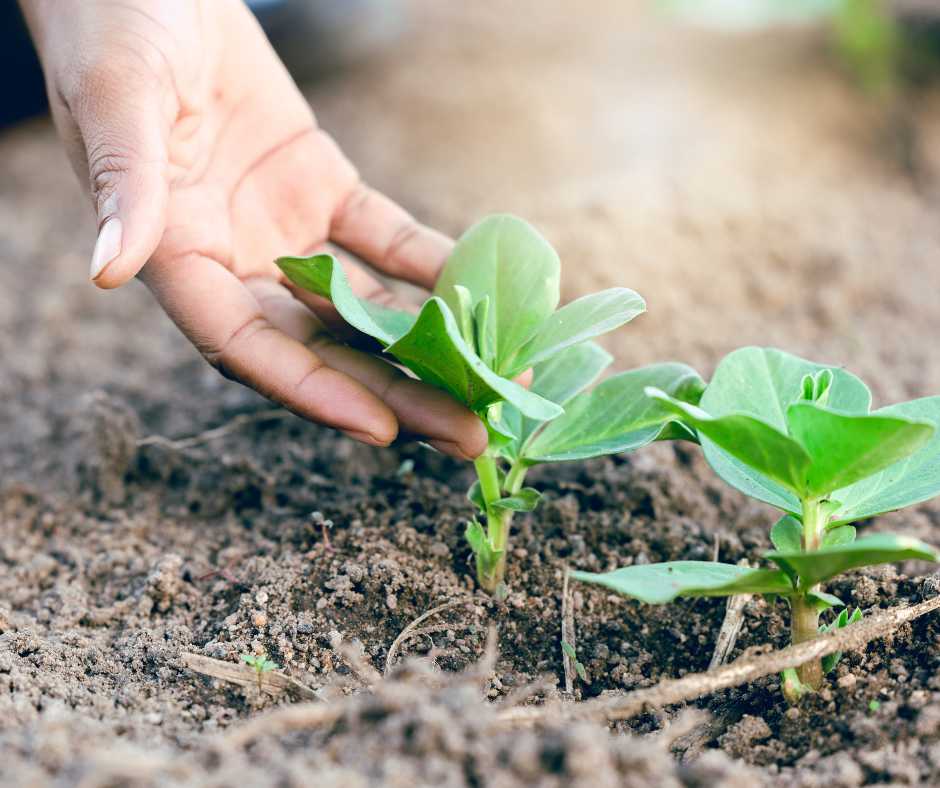
Seasonal Guide to Bird-Friendly Plants
Each season offers unique opportunities to support our avian allies as we cycle through the year. From spring’s vibrant renewal to winter’s quiet dormancy, your garden can provide critical support to local bird populations. Here’s a seasonal breakdown of the best plants to include in your bird-friendly oasis:
Spring Favorites
Spring breathes new life into the garden, a signal for birds to start their annual nesting and feeding routines. Enhance your space with these early bloomers to offer the best start:
| Plant Type | Benefits for Birds | Why It’s Great |
| Dogwood | Insects for feeding | Stunning spring blooms |
| Cherry Blossom Trees | Shelter & insects | Aesthetic appeal |
| Forsythia | Early blooms | Vibrant yellow color |
| Pussy Willow | Nesting material | Early pollen source |
These selections provide food and shelter and add a splash of color and life to your garden, making it a prime spot for nesting birds.
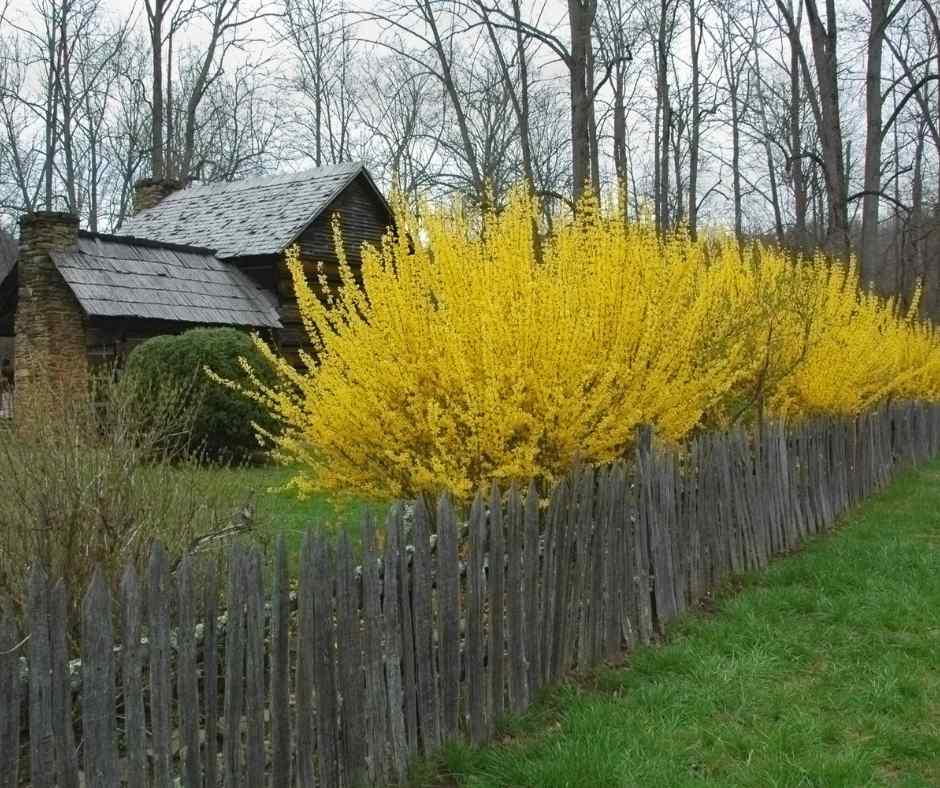
Summer Blossoms
As the days get longer and the mercury rises, your garden becomes a lively activity hub. It’s about the splash of color from flowers like sunflowers and bee balm and the shade that trees like oaks offer. Birds, like us, appreciate an excellent spot to relax in the heat of summer.
These plants are more than a pretty face; they’re a vital source of seeds and nectar, keeping our winged visitors well-fed and happy. Imagine a hummingbird flitting from flower to flower in the golden sunlight or a cardinal taking a break in the cool shade. Your garden in summer is a bustling, vibrant world of color and life.
Autumn Attractions
When the cool breeze starts to blow, and the leaves begin to change color, it’s a signal for birds to start preparing for the colder months ahead. This is the time to offer them a buffet of seeds and berries to fuel their journey or help them stock up for winter. Shrubs like elderberries and plants like asters are not beautiful; they’re a crucial energy source for migratory birds.
The garden in autumn is a spectacle of colors, a final show of nature before the quiet of winter sets in. It’s a time of abundance, and with the right plants, your garden can be a crucial pitstop for birds on the move.
Winter Wonders
Winter can be cold, but preparing our gardens can be a cozy place for birds to find food and stay warm. Plants that remain green and those that make seeds are essential because they feed birds when it’s hard to find food. Think about how bright berries on holly bushes or big pine trees can help birds during winter.
Picture birds hanging out in your garden, finding these spots to stay safe and warm, showing us that life keeps going, even when it’s super cold.
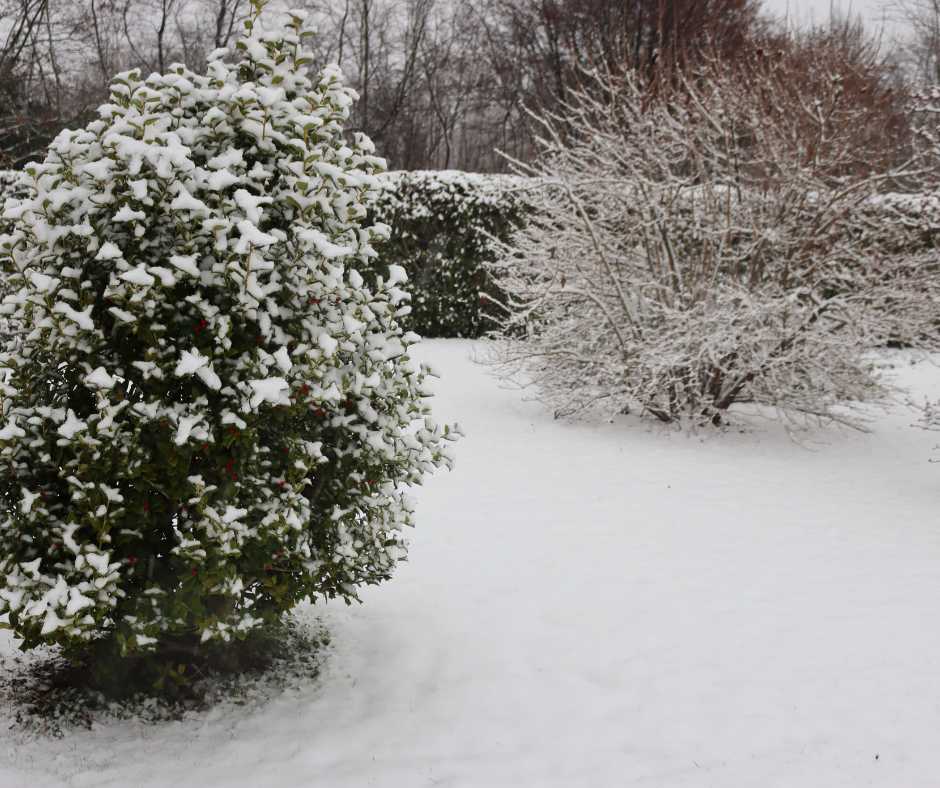
If we pick the right plants for every part of the year, our gardens can always be great for birds. Every season, from the colorful flowers in spring to the calm and quiet winter, is a chance to help our bird friends.
Year-Round Bird Support
Picking plants that birds like all year might feel tricky, but choosing plants that naturally grow in your area is easy. Imagine plants like Echinacea, milkweed, sunflowers, and giant oak trees as the favorite snack spots for birds around here. These native plants are the best at helping birds throughout the whole year.
Take Echinacea, for instance. Its vibrant flowers bring a splash of color to your garden, and they’re also a favorite among finches and other seed-loving birds. And let’s not forget about the sunflowers. Is there anything more cheerful than a sunflower patch buzzing with activity as birds come to feast on the seeds?
But here’s a little story that planted the seed for my love of native plants. Last year, I decided to let a corner of my garden go wild, planting oaks and letting milkweed flourish. By autumn, it had turned into a bit of bird paradise, with families of cardinals and flocks of goldfinches dropping by. It was like hosting the best bird party in town; all I had to do was provide the venue!
So, to give your garden a bird-friendly makeover, start with the natives. Not only will you be helping local wildlife, but you’ll also witness the magic of nature right in your backyard. For more inspiration, check out the Lady Bird Johnson Wildflower Center. Trust me, your garden – and the birds – will thank you.
Additional Tips for a Bird-Friendly Garden
Creating a welcoming environment for birds goes beyond just selecting the right plants. Here are some additional steps you can take to ensure your garden is a true sanctuary for our feathered friends:
- Bird Baths: Include a bird bath or two in your garden. They provide a necessary water source for birds to drink and bathe and are a delight to watch.
- Birdhouses: Strategically placed birdhouses can offer cozy shelters for birds to nest and raise their young, enhancing the bird-watching experience in your garden. (Read this to know building birdhouses.)
- Organic Gardening Practices: Commit to organic gardening by avoiding pesticides. Chemicals intended to ward off pests can also harm the insects that many birds feed on, disrupting the garden’s natural ecosystem.
If you use these tips and plant the right things in your garden for each season, you can make a colorful, bird-loving garden that welcomes birds all year. You’ll help the birds living around you and enjoy all the great things about being close to nature right in your backyard.
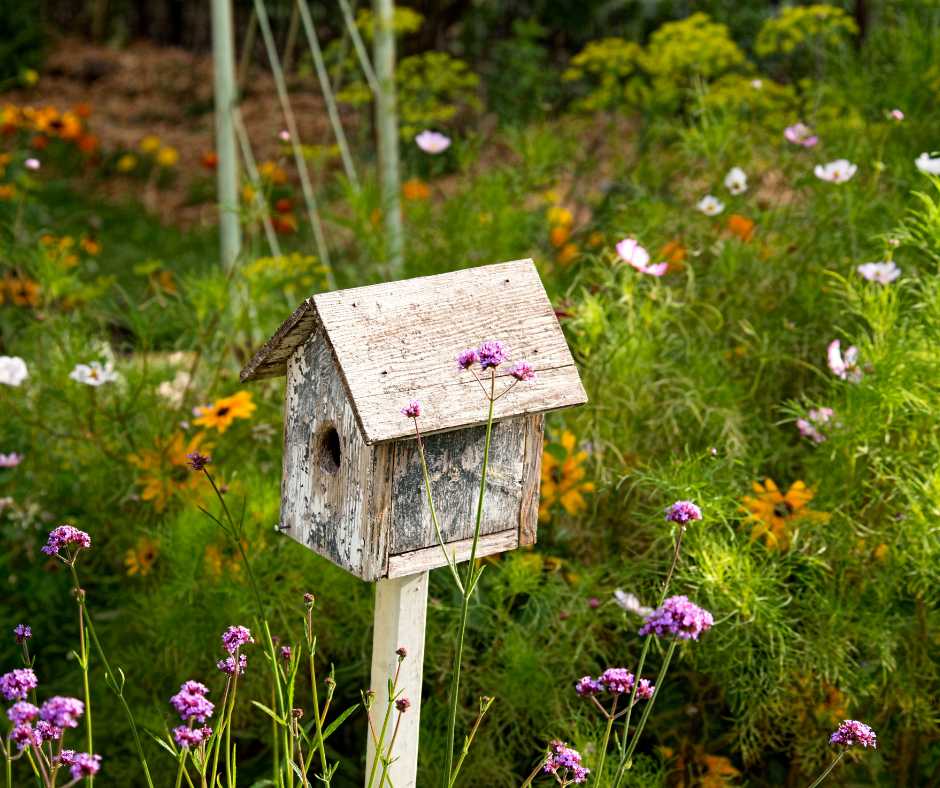
For those looking to dive deeper into safe gardening practices, Gardeners’ World is a treasure trove of information. Trust me, a little effort goes a long way in making your garden a bird paradise.
People Also Asked
What are the best plants for birds?
Native plants that offer seeds, berries, or nectar across different seasons, like Sunflowers and Beautyberries, are top picks.
What plants are good around bird feeders?
Low shrubs and flowers that produce seeds, such as Coneflowers and Black-eyed Susans, provide extra food and shelter near feeders.
Should I put plants in my bird cage?
For indoor birds, non-toxic, bird-safe plants can provide enrichment. Always check with a vet first.
Can plants help attract specific bird species?
Absolutely! Hummingbirds love Red Columbine, while Cedar Waxwings can’t resist Crabapples.
How do I make my garden safe for birds?
Avoid pesticides, provide clean water, and ensure there are places for birds to hide from predators.
Conclusion
In conclusion, making your garden bird-friendly is like inviting nature to your backyard. It’s more than plants; it’s about creating a cozy spot for birds all year, giving them what they need, like food, water, and a safe place to stay. Doing things like planting local plants or putting in a bird bath improves your garden and helps you feel closer to nature.
Take this opportunity to make your garden lively, welcoming all the birds looking for a place to hang out. Are you ready to make your garden a special place for birds?

